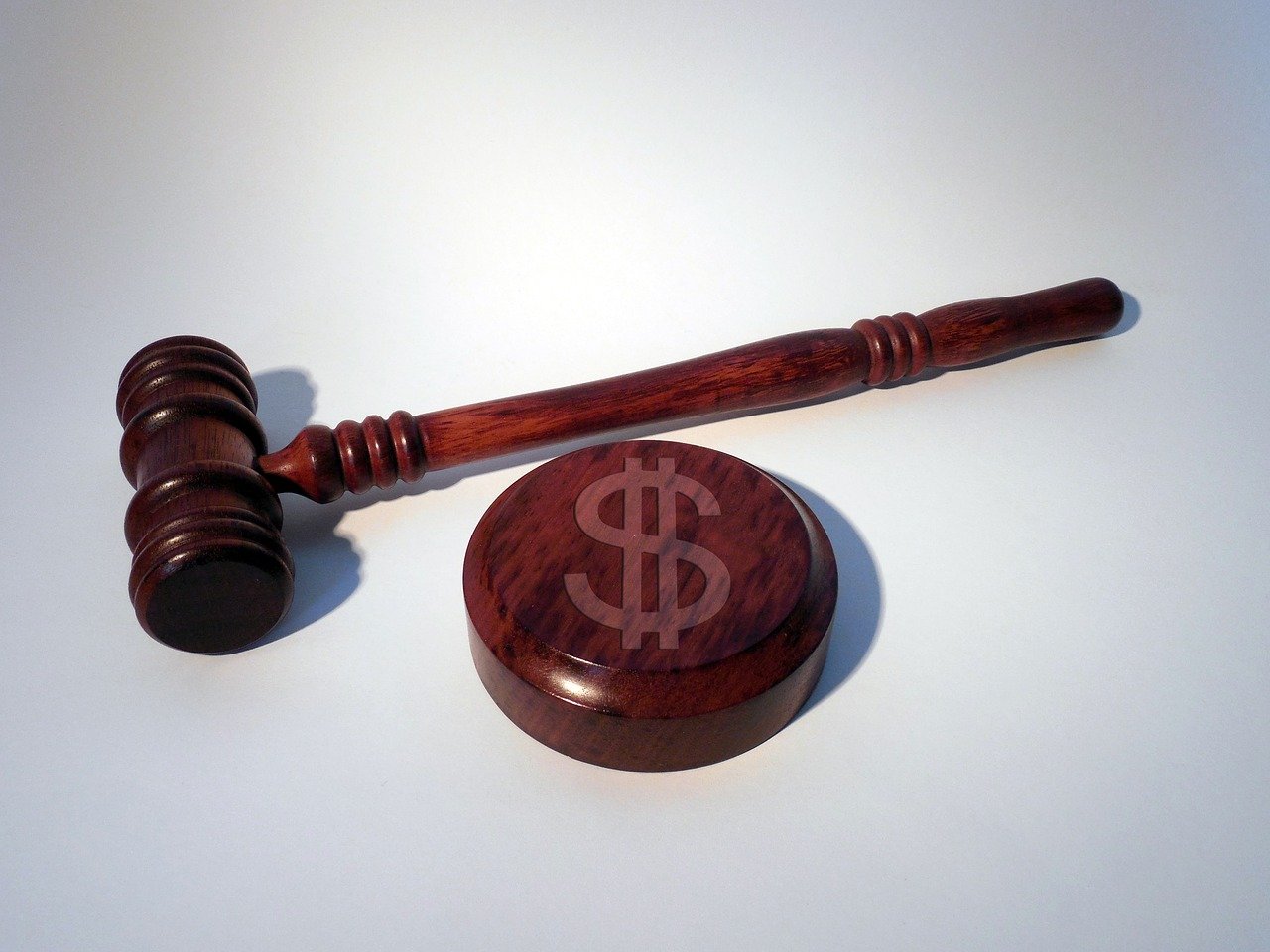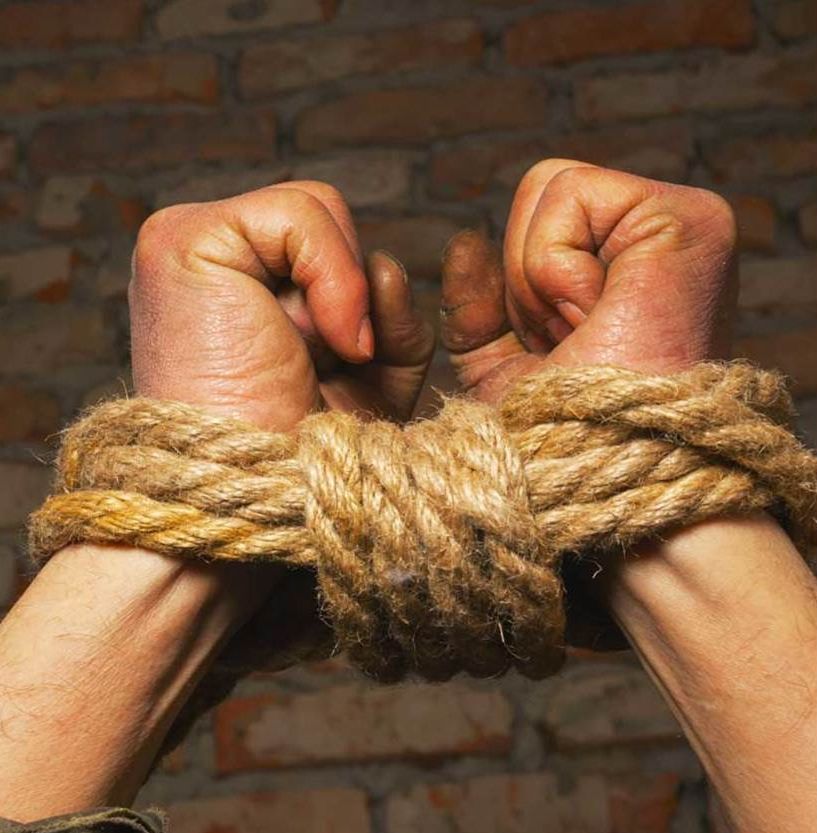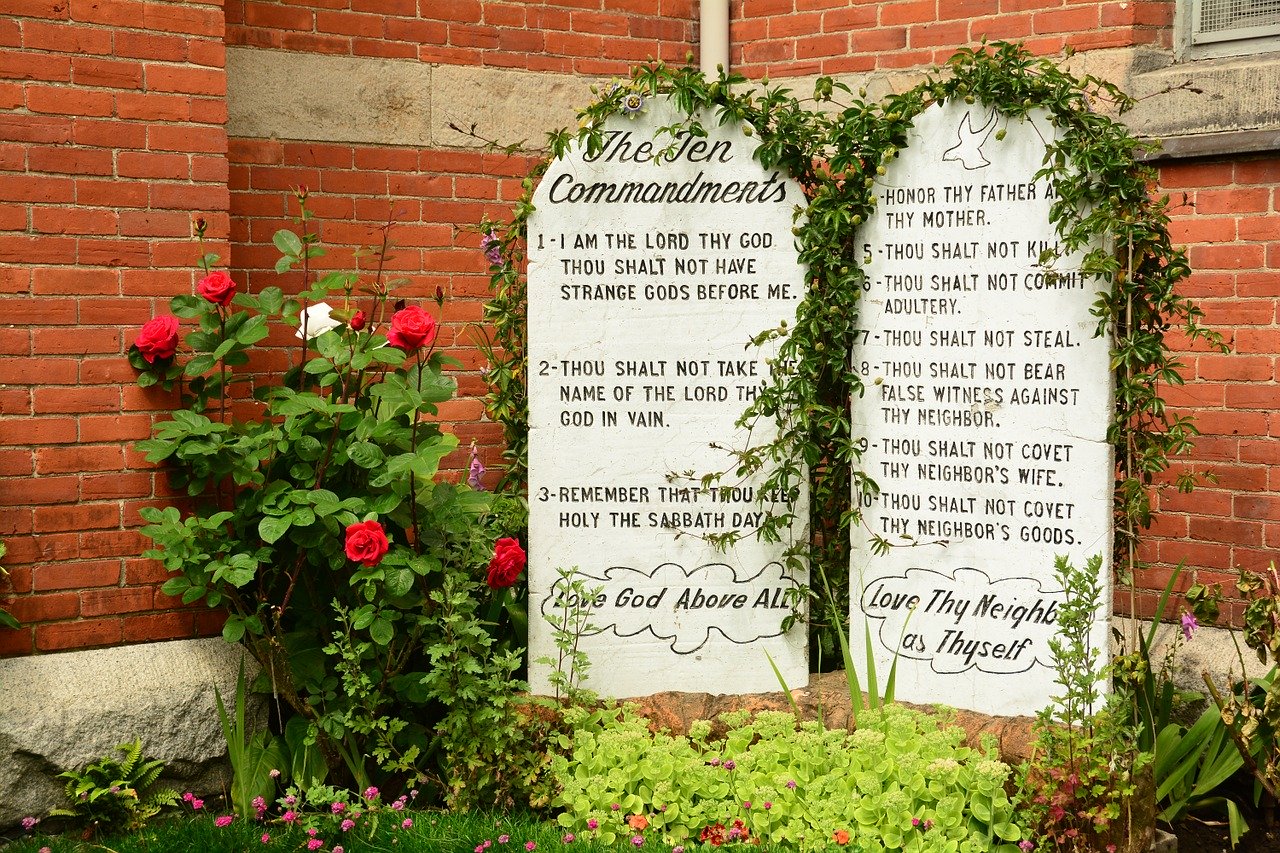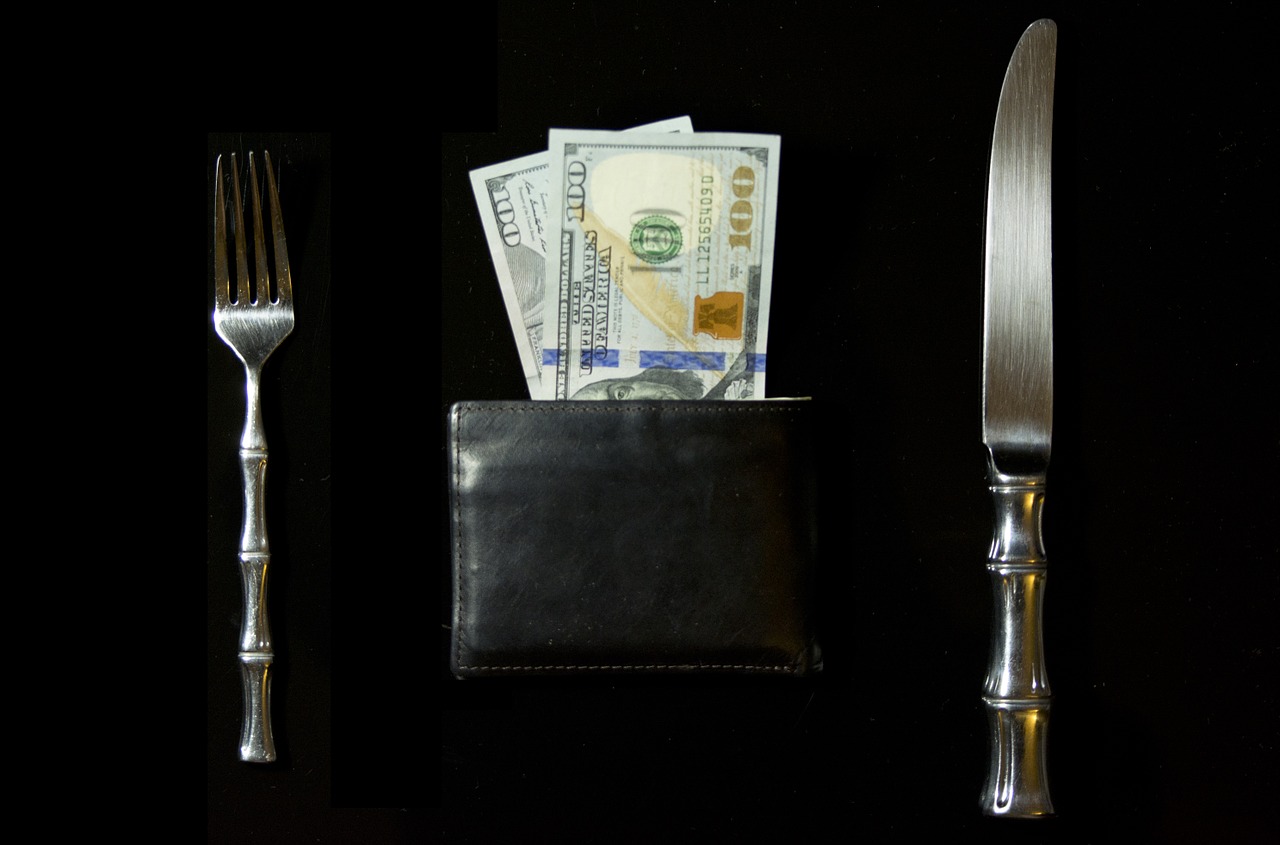What made one man sue the Mormon Church? The man we’re talking about is James Huntsman of Utah. He’s a wealthy, former member of the Church of Jesus Christ of Latter-day Saints (LDS, aka Mormon) who filed an LDS tithing lawsuit for $5M.
In his lawsuit, he alleges the Church has been “secretly lining its own pockets by using the funds to develop a multi-billion-dollar commercial real estate and insurance empire.” He’s alleging the LDS Church used a portion of the tithes and offerings for business ventures. Now, Huntsman wants his money back.
Table of Contents
- Listen to Podcast
- Mormon Church Hoarding Billions of Dollars
- Mormon Tithing Settlement Exposed
- LDS Church Hiding Money (Allegedly)
- Church Financial Transparency Is a Serious Issue
- Break Free From the Tithe Deception
Listen to Podcast
PLEASE NOTE: The following is an edited, summarized version of The Tithing Hoax podcast.
Mormon Church Hoarding Billions of Dollars
An IRS whistleblower exposed the LDS Church, claiming it has $100 billion in assets. When this news came out in 2019, many LDS church members were shocked.
The Church’s alleged misuse of tithes, offerings, and donations rubbed James Huntsman the wrong way. He claims the Church used funds to buy a shopping mall and bail out an insurance company.
The LDS Church denies the allegations. In all fairness, the Church has used some tithes and offerings for charitable activity. But again, the allegation is that the Church did extra things with the money its members didn’t know about.
Regardless, Huntsman felt deceived.
But here’s something I find interesting…
Mormon Tithing Settlement Exposed
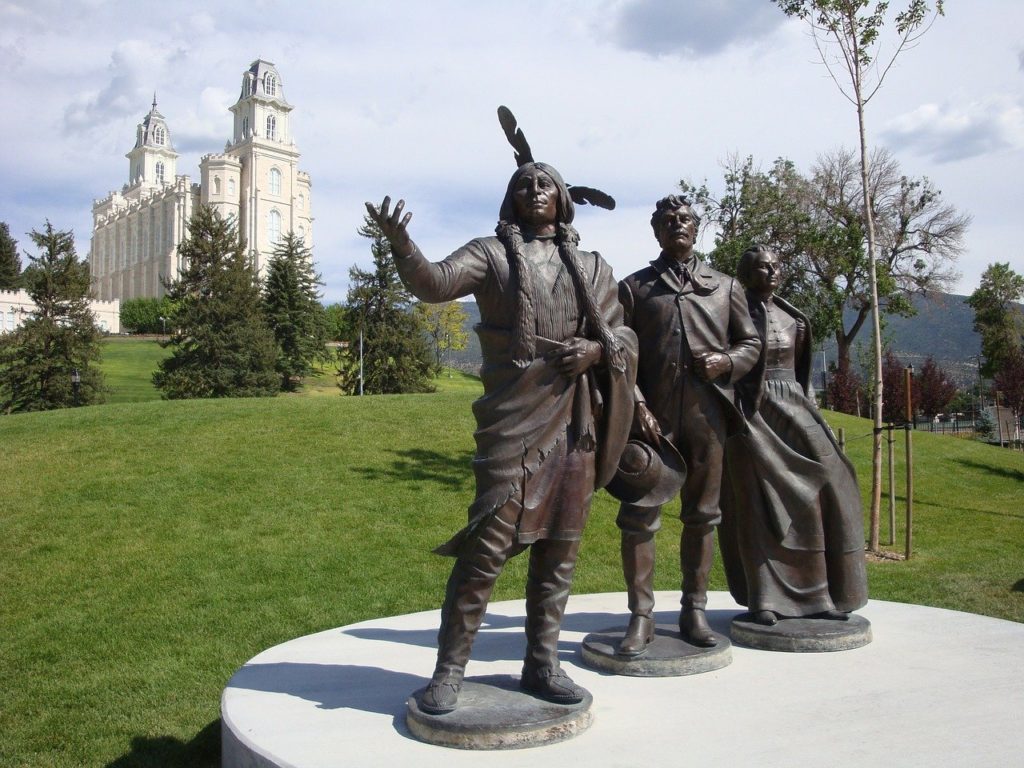
The LDS Church conducts a yearly tithing settlement. Members meet with a bishop once a year to discuss how much tithes the members will pay. This Mormon practice is a form of transparency and accountability. It helps ensure members commit to giving tithes, offerings, and donations.
Church members fall into three categories. These include full-tithe payers, partial-tithe payers, and non-tithe payers. Full tithers pay 10% of their income; the other two are self-explanatory.
Interestingly, the Church restricts non-tithers from participating in certain religious activities and sacred services.
What I see is a double standard when it comes to financial transparency and accountability. The tithing settlement holds members accountable for tithe payments. The Church expects transparency about what its congregation does with its income.
However…
What I see is a double standard when it comes to financial transparency and accountability.
R. Renee
Where is the Church’s accountability and transparency to its members?
LDS Church Hiding Money (Allegedly)
What if the LDS Church is side-hustling with tithes and offerings? So the Church wants transparency from its members. It holds them accountable for paying tithes. But where are the Church’s accountability and transparency?
Why did church members have to find out an IRS whistleblower the Church has billions of dollars stacked up.
Church Financial Transparency Is a Serious Issue
What do you think? Is there a double standard? Is the LDS church holding its members up to a higher standard for donating tithes and offerings without being transparent and accountable about how it uses the funds?
Do you think more churches will face lawsuits for mismanagement of tithes and offerings?
Let me know.
Break Free From the Tithe Deception
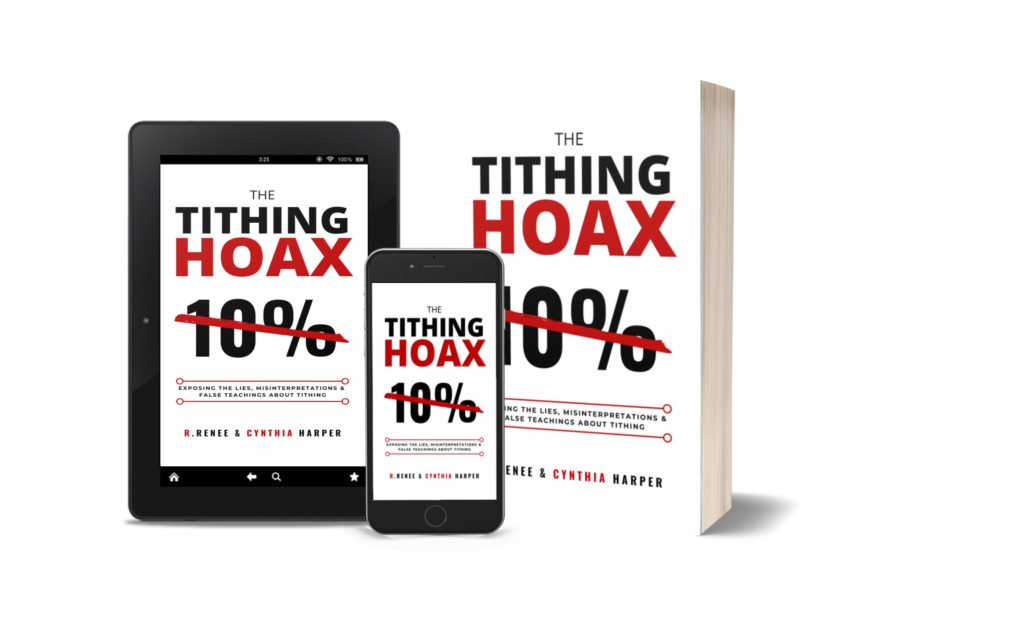
Discover the truth about tithes the Church doesn’t want you to know. Go here.
